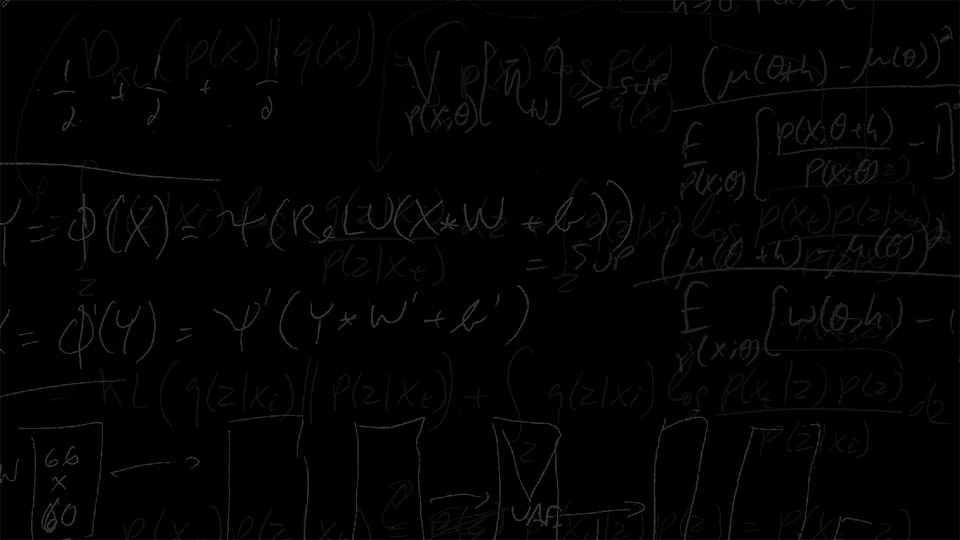![[La Forge] Learned Motion Matching - Learned_Motion_Matching](http://staticctf.ubisoft.com/J3yJr34U2pZ2Ieem48Dwy9uqj5PNUQTn/3d6wd7BmzltLPDzTEHV1Rf/aadb3ca1a017be5ee960d0b44c47bdff/-La_Forge-_Learned_Motion_Matching.png)
In this paper we present a learned alternative to the Motion Matching algorithm which retains the positive properties of Motion Matching but additionally achieves the scalability of neural-network-based generative models. Although neural-network-based generative models for character animation are capable of learning expressive, compact controllers from vast amounts of animation data, methods such as Motion Matching still remain a popular choice in the games industry due to their flexibility, predictability, low pre-processing time, and visual quality – all properties which can sometimes be difficult to achieve with neural-network-based methods. Yet, unlike neural networks, the memory usage of such methods generally scales linearly with the amount of data used, resulting in a constant trade-off between the diversity of animation which can be produced and real world production budgets. In this work we combine the benefits of both approaches and, by breaking down the Motion Matching algorithm into its individual steps, show how learned, scalable alternatives can be used to replace each operation in turn. Our final model has no need to store animation data or additional matching meta-data in memory, meaning it scales as well as existing generative models. At the same time, we preserve the behavior of Motion Matching, retaining the quality, control, and quick iteration time which are so important in the industry.
Read the full article here.
Authors
Daniel Holden (Ubisoft La Forge),
Oussama Kanoun (Ubisoft La Forge),
Maksym Perepichka (Concordia University),
Tiberiu Popa (Concordia University)

